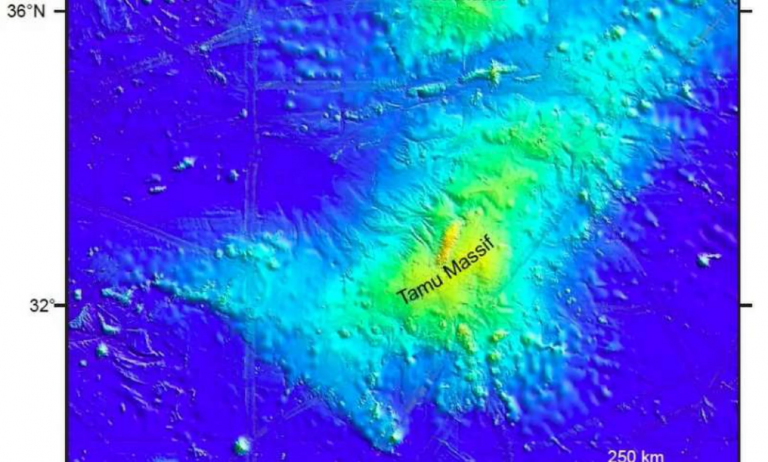Back in 2013, Tamu Massif — a giant underwater volcano off the coast of Japan — stole Hawaii’s crown as the largest single volcano in the world. But it’s not a true single volcano at all.
Researchers published a paper in 2013 in the journal Nature Geoscience concluding that Tamu Massif was a giant “shield volcano” — even bigger than Hawaii’s Mauna Loa, which rises 30,085 feet (9,170 meters) from the ocean floor and covers thousands of square miles with its ancient, solidified magma flows. Now, in a new paper, researchers conclude that the 2013 paper was wrong, and Tamu Massif isn’t a shield volcano. The crown, according to this new research, returns to Mauna Loa.
Shield volcanoes form when a single volcanic plume spills enough lava over time, and that lava spreads far enough, to form a bulge-shaped mountain around the volcano’s opening. Mauna Loa is a shield volcano. So are most of the much smaller volcanoes in Iceland. (Cone-shaped volcanoes, like Mount St. Helens, aren’t shields but “stratovolcanoes.”) In 2013, researchers thought that Tamu Massif formed in this same way. But the new paper suggests they’re wrong.
Read more HERE
Ask me anything
Explore related questions





